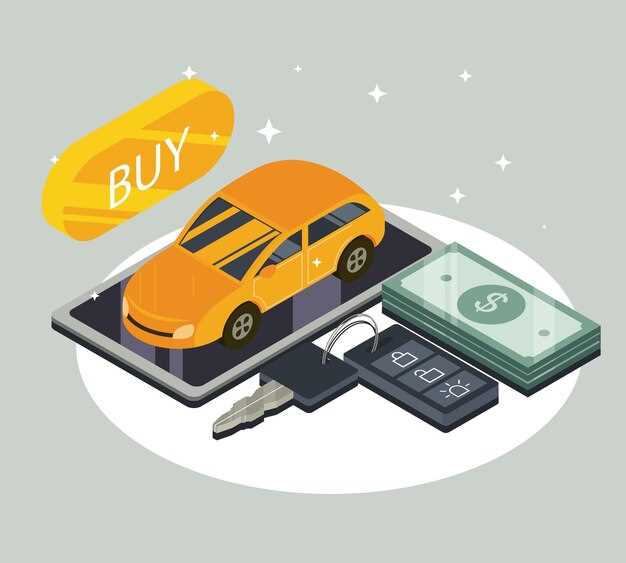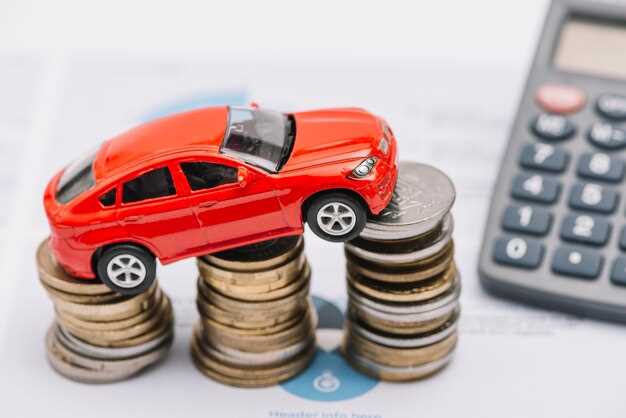
Owning a kit car can be a rewarding experience, combining the thrill of building a unique vehicle with the satisfaction of mechanical mastery. However, the financial implications of kit car ownership often extend beyond the initial purchase price. It is crucial for potential owners to understand the long-term costs associated with their investment to avoid unexpected financial strain.
From the outset, the costs of parts, tools, and labor can accumulate quickly, but that’s just the beginning. Regular maintenance, insurance, and potential modifications must also be factored into the equation. Budgeting effectively for these expenses can ensure that your passion project remains an enjoyable venture rather than a financial burden.
Additionally, the value of the kit car over time plays a significant role in managing costs. Some owners may find that their vehicle appreciates, while others may experience depreciation. Understanding the factors influencing your kit car’s value is essential for making informed decisions about upgrades and maintenance. In this article, we will explore various aspects of cost management for kit car ownership, providing you with practical strategies to enjoy your hobby without breaking the bank.
Evaluating Initial Expenses of Building a Kit Car

Building a kit car can be a rewarding venture, but it comes with various initial expenses that must be carefully evaluated to stay within budget. Understanding these costs is crucial for prospective builders.
1. Kit Cost: The most significant expense is the cost of the kit itself. Prices can vary widely depending on the manufacturer, complexity of the design, and materials used. Some kits may start around $5,000, while high-end models can exceed $30,000. Always consider what is included in the kit; some may require additional purchases for completion.
2. Chassis and Components: In addition to the kit, a chassis is often required, especially if the kit does not include one. Costs for a chassis can range from a few hundred to several thousand dollars. Furthermore, essential components like the engine, transmission, and suspension must also be factored in, as they significantly affect overall pricing.
3. Tools and Equipment: Depending on your skills and the complexity of the build, you may need to invest in specific tools and equipment. Quality tools such as wrenches, sockets, or specialized items for bodywork can add up quickly. If you don’t already own these, budget between $200 to $1,000 for the necessary tools.
4. Additional Parts and Supplies: Post-purchase of the kit, various parts such as wiring harnesses, wheels, tires, and interior components must be sourced. These additional supplies can easily range from $1,000 to $5,000, depending on personal preferences and the build’s specifications.
5. Labor Costs: If you’re not planning to do all the work yourself, hiring professionals can significantly increase costs. Be sure to account for labor fees, which may range from $50 to $150 per hour, depending on the complexity of the work and the local market rates.
6. Licensing and Registration: After completing the build, you’ll need to consider the expenses related to licensing and registration. Various states have different requirements and associated fees that can range from a few hundred to over a thousand dollars for documentation and inspections.
By comprehensively assessing these initial expenses, prospective builders can better manage their budget and set realistic expectations before embarking on their kit car journey.
Estimating Maintenance and Repair Costs for Long-Term Ownership

Estimating maintenance and repair costs for kit car ownership is crucial for budgeting and ensuring the longevity of the vehicle. Unlike mass-produced cars, kit cars often have unique components, which can lead to fluctuating costs in maintenance and repairs. Here, we will outline key factors to consider when estimating these expenses over time.
First, regular maintenance should be prioritized. This includes oil changes, fluid replacements, and general checks of the engine and transmission. Depending on the specific kit car model and engine type, you can expect to spend anywhere from $500 to $1,000 annually on basic maintenance. It’s essential to follow the manufacturer’s recommendations for service intervals to prevent costly repairs down the line.
Second, consider the availability and cost of replacement parts. Kit cars use a combination of custom and off-the-shelf components. While some parts may be sourced from standard suppliers, others will need to be custom fabricated or sourced from specialty suppliers. Researching the availability of critical components can help you forecast potential expenses. Plan for an annual budget of 5% to 10% of the vehicle’s value for replacements and upgrades.
Additionally, labor costs for repairs can vary significantly depending on whether you plan to perform maintenance yourself or hire a professional. If you have the skills to handle repairs, you can save substantially on labor costs. However, if you opt for professional help, budget approximately $80 to $150 per hour for labor. It’s wise to account for unexpected repairs, which can arise from wear and tear, resulting in extra costs.
An important consideration is insurance. The type of insurance you choose can impact long-term ownership costs. Comprehensive coverage might be more costly but provides better protection against unforeseen damages. Check with different providers to estimate insurance costs and include them in your yearly budget.
Lastly, factor in the potential costs associated with parts upgrades or modifications. Many kit car enthusiasts enjoy upgrading their vehicles for performance or aesthetics, which can add to overall expenses. Set aside a separate budget for these enhancements, as they can enhance your ownership experience but also significantly impact your finances.
In conclusion, accurately estimating maintenance and repair costs involves thorough research and planning. By considering regular maintenance, parts availability, labor costs, insurance, and enhancements, you can create a realistic financial plan that allows you to enjoy your kit car without unexpected financial burdens.
Understanding the Impact of Insurance and Registration Fees
When considering the overall costs associated with kit car ownership, insurance and registration fees play significant roles that can heavily influence your budget. Understanding these costs is essential for effective financial planning.
Insurance premiums for kit cars can vary widely based on several factors:
- Car Value: The cost of the car impacts the insurance premium. Higher-value kits typically require more coverage.
- Driver Profile: Your age, driving history, and location can all affect rates. Young or inexperienced drivers may face higher premiums.
- Coverage Type: Full coverage policies are more expensive than liability-only options. Consider your needs and the risks involved.
- Usage Frequency: If you plan to use your kit car occasionally versus daily, this will influence your insurance costs.
In many cases, specialty insurers offer tailored policies for kit cars, often providing better coverage and premiums than traditional auto insurers. It’s recommended to compare quotes from different providers to find the best fit.
Registration fees are another crucial factor in managing costs:
- State Regulations: Each state has unique fees associated with the registration of vehicles, especially custom-built ones like kit cars.
- Emissions and Safety Inspections: Some regions require inspections that can incur additional fees before registration. These requirements may depend on local laws regarding emissions and safety standards.
- Renewal Fees: Be prepared for annual or bi-annual renewal fees that can add up over time.
- Custom Plates: If you opt for personalized license plates, additional costs may be involved that should be factored into your budget.
To effectively manage these costs:
- Research state-specific registration processes and costs.
- Shop around for insurance policies tailored for kit cars.
- Keep track of renewal dates to avoid late fees.
- Consider joining forums or communities for tips on minimizing costs related to insurance and registration.
In conclusion, both insurance and registration fees are vital aspects of kit car ownership. By understanding their implications and actively managing these costs, you can enjoy your kit car without financial surprises.













